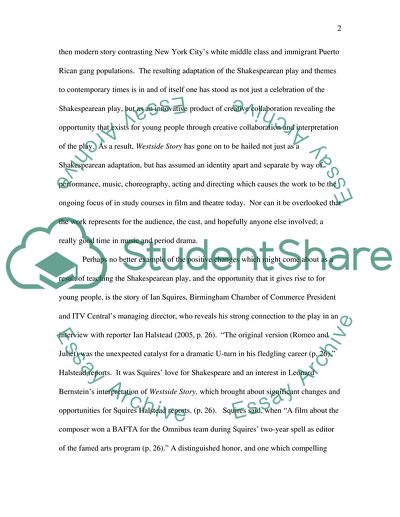Cite this document
(Importance of Teaching Romeo and Juliet in Contemporary Settings Literature review, n.d.)
Importance of Teaching Romeo and Juliet in Contemporary Settings Literature review. Retrieved from https://studentshare.org/education/1705177-romeo-and-juliet
Importance of Teaching Romeo and Juliet in Contemporary Settings Literature review. Retrieved from https://studentshare.org/education/1705177-romeo-and-juliet
(Importance of Teaching Romeo and Juliet in Contemporary Settings Literature Review)
Importance of Teaching Romeo and Juliet in Contemporary Settings Literature Review. https://studentshare.org/education/1705177-romeo-and-juliet.
Importance of Teaching Romeo and Juliet in Contemporary Settings Literature Review. https://studentshare.org/education/1705177-romeo-and-juliet.
“Importance of Teaching Romeo and Juliet in Contemporary Settings Literature Review”, n.d. https://studentshare.org/education/1705177-romeo-and-juliet.


